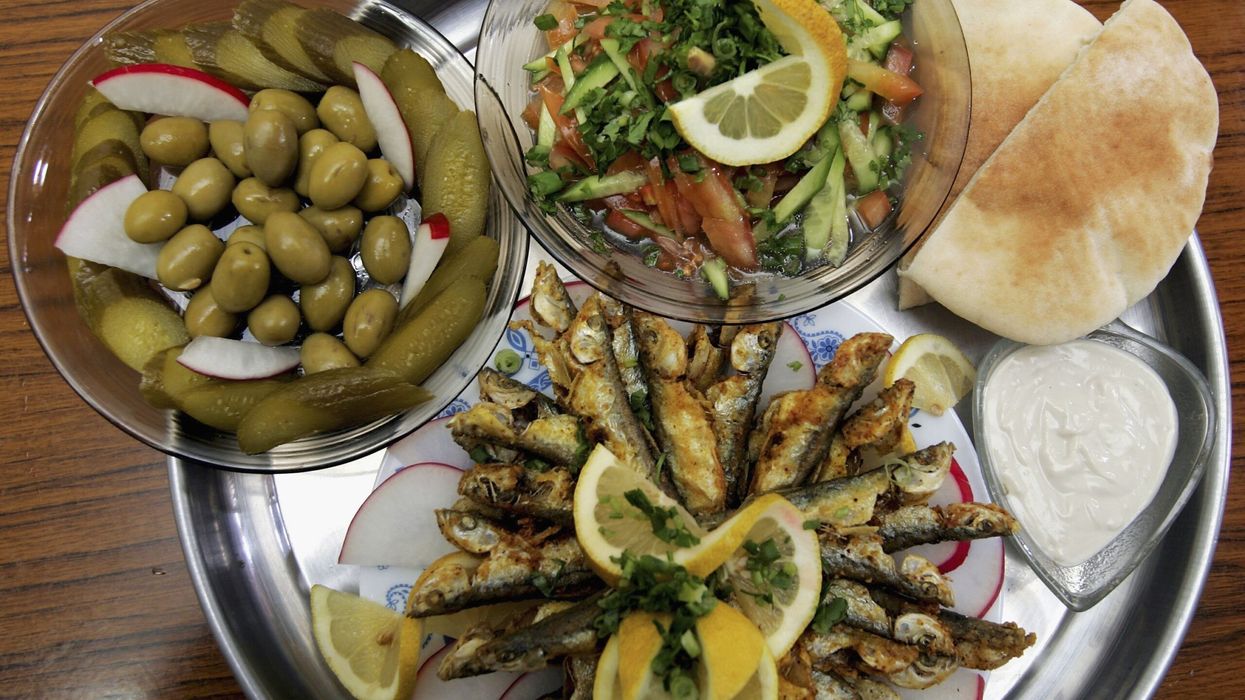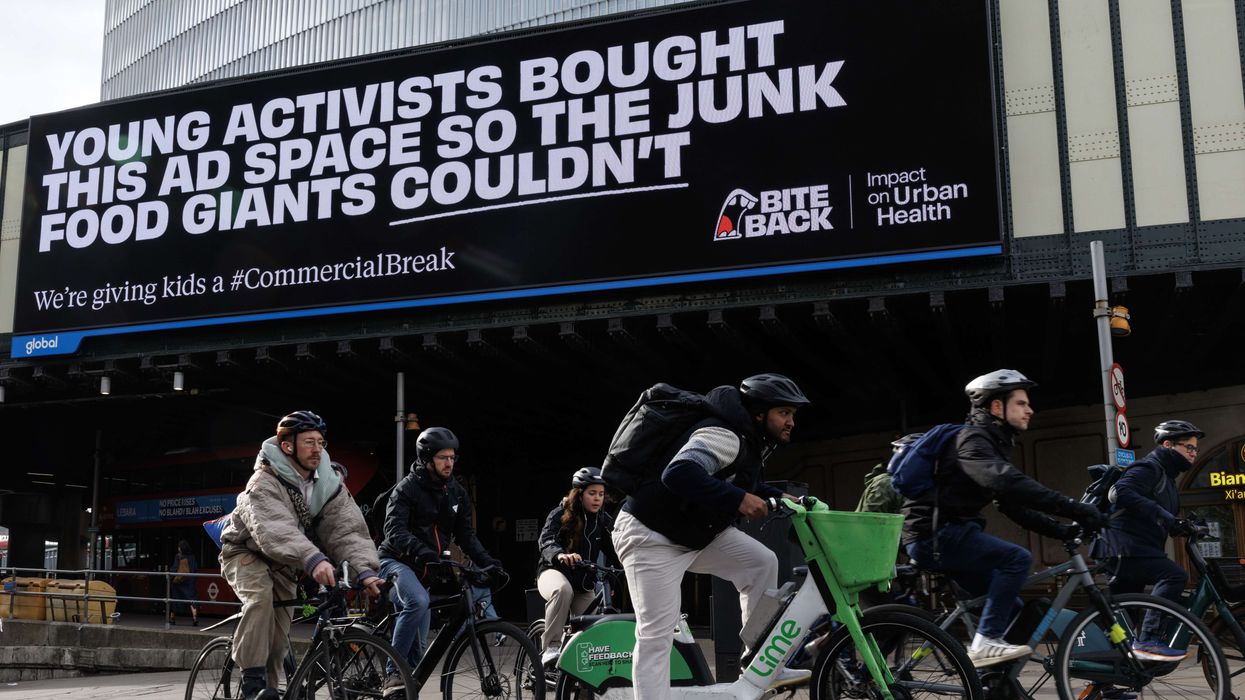Women consuming the largely plant-based Mediterranean diet were found to be at a 23 per cent lower risk of dying prematurely, according to a new research.
The study following more than 25,000 US women for up to 25 years found that adhering to the diet reduced cholesterol, obesity, and insulin resistance, all of which are known risk factors for developing metabolic disorders, including diabetes and heart disease.
The Mediterranean diet is rich in nuts, fruits, and vegetables, along with whole grains and legumes. The dishes are mainly cooked in olive oil and also include a moderate intake of fish, poultry, dairy, and eggs. Red meat and sweets are rarely consumed.
Adopting this diet pattern was also found to lower the risk of death due to cancer in the women studied. The findings were published in The Journal of the American Medical Association (JAMA).
"Our research provides significant public health insight: even modest changes in established risk factors for metabolic diseases can yield substantial long-term benefits from following a Mediterranean diet. This finding underscores the potential of encouraging healthier dietary habits to reduce the overall risk of mortality," said lead author Shafqat Ahmad, a researcher at the Division of Preventive Medicine, Brigham and Women's Hospital, US.
The researchers included participants aged at least 45 years at the start of the Women's Health Study. The women responded to questionnaires and provided information on their weight, height, and body mass index, along with details about their lifestyle, medical and social history. Their blood pressures were also taken.
For understanding possible biological mechanisms that could explain the diet's health benefits, the researchers assessed over 30 biomarkers of metabolism and inflammation, including lipids and insulin resistance.
"In this large-scale cohort study of 25,315 initially healthy US women who were followed up for 25 years, we observed that higher adherence to the Mediterranean diet was associated with a 23 per cent relative risk reduction in all-cause mortality," the authors wrote.
Read Also: Venki Ramakrishnan: Anti-ageing industry lacks scientific foundation
The researchers acknowledged that the study was limited to middle-aged and older well-educated female health professionals who were predominantly non-Hispanic and white.
However, the study's strengths included its large sample size and long follow-up duration, they said.
"The health benefits of the Mediterranean diet are recognised by medical professionals, and our study offers insights into why the diet may be so beneficial," said senior author Samia Mora, a cardiologist and the director of the Center for Lipid Metabolomics, Brigham and Women's Hospital.












